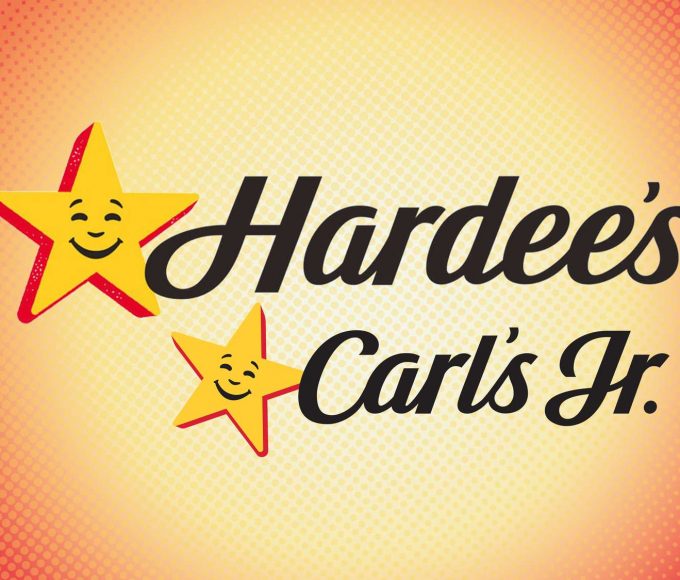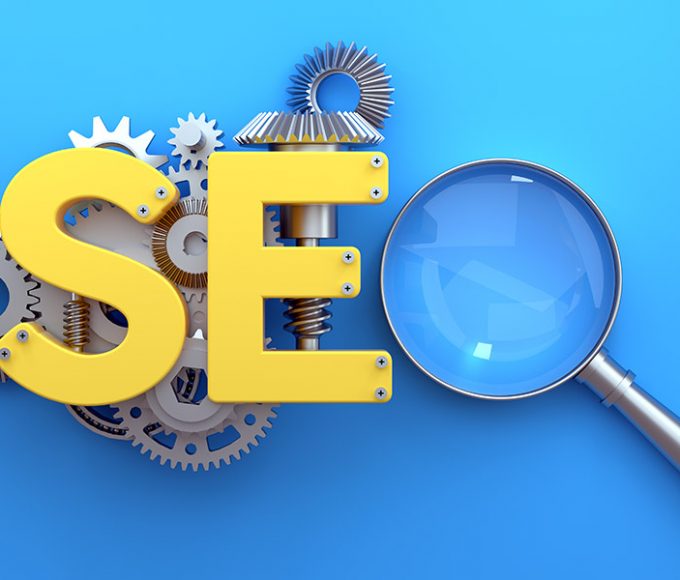According to recent research, most cannot. But a new AI-driven approach could offer a fresh start.
Martech stacks—like old newspapers, unopened letters, or stacks of pancakes if you’re lucky—have grown massively over the past 15 years. Since the rise of the martech market in 2011, the number of providers, the size of these stacks, and the overall industry value have all exploded. Yet marketers are still waiting to see tangible business results from their investments.
The current landscape is staggering. There are now roughly 15,000 active martech vendors, valued collectively at $131 billion in 2023, with projections reaching $215 billion by 2027. Despite this growth, a McKinsey analysis highlights a widening gap between the potential of martech and its real-world impact, with most organizations still in the early stages of maturity in how they understand and use these tools.
Robert Tas, a McKinsey partner, spoke to more than 50 marketing leaders and found that very few can actually quantify the ROI of their martech stacks. As for the number of tools in use? “It’s more ridiculous than you might think… often in the hundreds.” The report also notes that senior marketers tend to underestimate the size of their stacks by up to tenfold.
Tas explains: “Marketers are inundated. Every tool claims it can do everything. It creates a paralysis of choice. Navigating this complexity is a major challenge for marketers, martech leaders, CIOs, and CMOs alike.”

The Delivery Gap
The core issue is spiraling complexity. Organizations often have the technology to drive meaningful change, but the sheer number of tools—frequently incompatible and managed by different teams—obstructs transformation.
With nearly 80% of organizations planning to increase martech spending, Tas’s advice is clear: maturity won’t come from simply spending more. McKinsey advocates reframing martech from a “cost center” to a “growth engine.”
AI presents a significant opportunity. Of the 15,000 tools available, about 3,000 are AI-native, launched within the past year. AI enables a chance to streamline martech use, break down silos, and align tools around driving business outcomes and serving customers effectively.
Only a small number of organizations currently approach an ideal setup, relying on a few key vendors to deliver real impact without maintaining costly legacy systems. Step one, Tas emphasizes, is executive accountability. “Martech investment needs business ownership, just like marketing dollars. Without leadership backing, it rarely succeeds.”
Step two is simplifying the stack. “Ownership and accountability are essential. Treat martech like media investment. Evaluate the ROI of each tool and the total cost of ownership. Do we need a premium email provider? Maybe—but it must demonstrate value.”
Martech and Adtech Convergence
Tas also sees AI as a catalyst for uniting martech and adtech. Though managed by different teams, both face issues of complexity and opaque investments. The convergence could allow martech to govern adtech more effectively, ensuring accountability and alignment across marketing and media.
As complexity grows, inefficiencies affect the entire ecosystem. Advertising budgets are drained, media owners struggle, and consumers are inundated with ineffective campaigns. Experts recommend simplifying the chain of providers to improve outcomes for all stakeholders.
Tas envisions martech as the tool that monitors and optimizes adtech. “Martech should validate what adtech is doing. If adtech is buying low-value users or unprofitable customers, martech should detect it and guide optimization. Currently, decisions often rely on intermediaries. Effective martech users are already converging these systems to ensure data-driven, transformational results.”







